Packing for a trip where the weather can’t decide what it wants to do feels like preparing for three different vacations at once. You’re dealing with forecasts that change hourly, destinations known for their unpredictability, and the constant worry that you’ll be caught wearing shorts in a snowstorm or sweating through a winter coat in unexpected heat.
Smart packing strategies can solve this puzzle without turning your suitcase into a portable closet. Here’s a list of 18 packing hacks that’ll keep you comfortable and prepared, whether you’re facing desert temperature swings or coastal weather that changes with the tide.
Layer Like an Onion
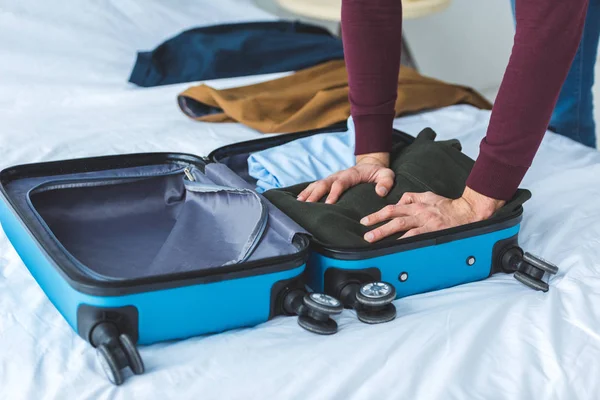
Mastering the layering system beats packing separate outfits for every possible weather scenario. Your clothing should work like adjustable armor — each piece adding or removing protection as conditions shift.
A moisture-wicking base layer, insulating mid-layer, and protective outer shell can handle everything from cool mornings to warm afternoons to unexpected evening chills. This strategy transforms three simple pieces into multiple outfit combinations while using far less suitcase real estate.
Pack One Versatile Jacket
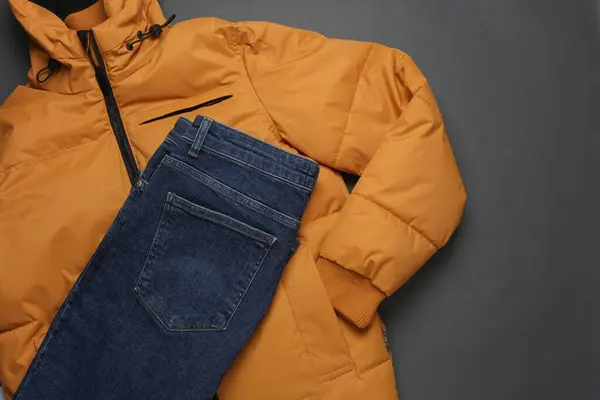
Skip the multiple jacket approach and invest in a single piece that adapts to various conditions. Look for designs with removable linings, adjustable ventilation, or convertible features.
A quality three-season jacket can function as a windbreaker during breezy moments — then transform into serious weather protection when you add the thermal liner. This approach eliminates the guesswork about which jacket to grab each morning.
Like Travel Pug’s content? Follow us on MSN.
Choose Fabrics That Adapt
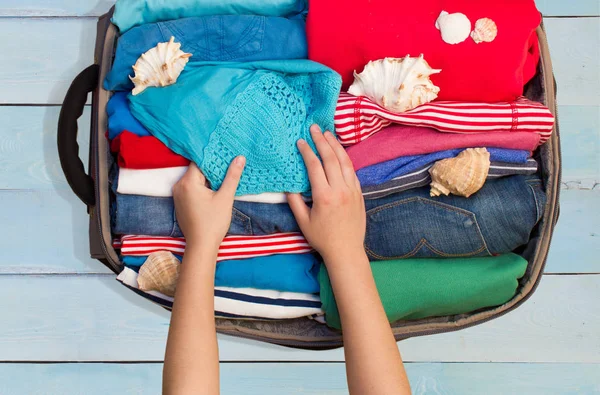
Synthetic blends and merino wool naturally regulate body temperature, unlike cotton, which becomes uncomfortable when conditions change. These materials wick moisture away from skin while providing insulation even when damp.
A merino base layer works equally well under a summer dress or beneath multiple winter layers. The fabric essentially thinks for you — cooling when you’re warm, insulating when temperatures drop.
Roll Everything Tight

Rolling clothes instead of folding creates about 30% more space while making individual layers easier to access. Tightly rolled items resist wrinkling better than folded clothes, which means looking presentable regardless of weather-induced outfit changes.
Think of each rolled item as a compact cylinder that stacks efficiently — no wasted space between irregular folds. This technique becomes especially valuable when you need to repack quickly after the weather shifts.
Bring Convertible Clothing
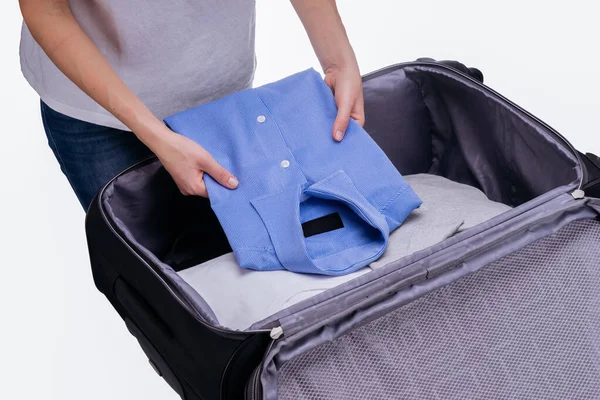
Zip-off pants that become shorts, long sleeves with roll-up tabs, and dresses designed for layering essentially double your wardrobe without doubling the weight. These pieces eliminate the need for complete outfit changes when the weather shifts midday.
Convertible hiking pants handle chilly morning starts and warm afternoon finishes seamlessly. The key lies in choosing quality pieces where the conversion features don’t compromise the garment’s primary function.
Like Travel Pug’s content? Follow us on MSN.
Pack Weather Accessories Smartly

Small accessories deliver an outsized impact on comfort levels while consuming minimal luggage space. A lightweight scarf serves multiple purposes — neck warmth, impromptu blanket, or even a sarong for beach days.
Packable gloves and a compact beanie weigh practically nothing yet can extend your clothing system’s temperature range significantly. These items often make the difference between comfortable and miserable when the weather takes an unexpected turn.
Master the Art of Outfit Multiplication
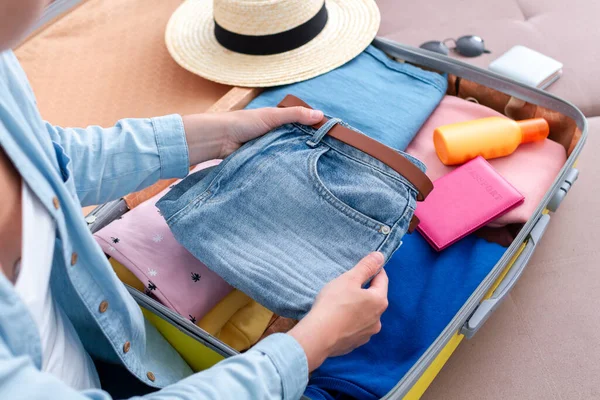
Strategic outfit planning means every piece works with multiple others, creating numerous combinations from fewer items. Dark jeans paired with different tops can handle various weather scenarios — a lightweight blouse for warmth, a sweater for cool conditions, tank top for heat.
A neutral cardigan layers over almost anything while doubling as a light jacket. This mathematical approach to packing maximizes versatility while minimizing volume.
Use Packing Cubes Strategically
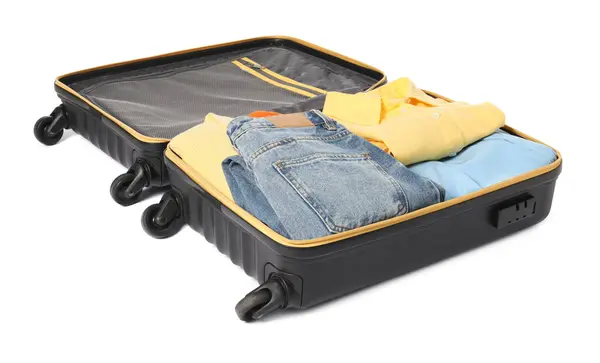
Organize gear by weather type rather than clothing category for faster access when conditions change. Designate specific cubes for warm-weather items and cool-weather pieces — think filing system for clothes.
Color-coding cubes (blue for cool weather, yellow for warm conditions) speeds up morning decisions when you’re checking weather updates. This system prevents the suitcase excavation that happens when you need to switch gears quickly.
Like Travel Pug’s content? Follow us on MSN.
Pack Your Heaviest Items Strategically
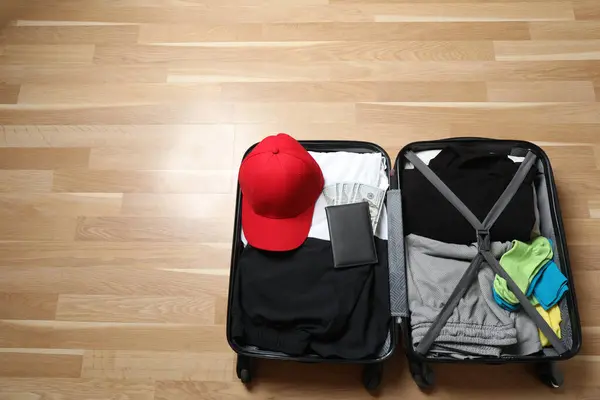
Wear the bulkiest boots and heaviest jacket during travel rather than packing them — this saves precious luggage space and weight limits. Your travel outfit should incorporate the most cumbersome pieces you’re bringing.
Once you arrive, switch to more comfortable options while keeping those heavy items available for appropriate conditions. Airlines don’t weigh what you’re wearing, so use that to your advantage.
Bring Quick-Dry Everything

Synthetic fabrics for undergarments, socks, and shirts allow for sink washing when weather creates unexpected laundry needs. These materials handle humidity better than natural fibers, maintaining comfort during temperature fluctuations throughout the day.
Quick-dry items can go from wet to wearable overnight, which proves invaluable when you’re caught in unexpected precipitation. The investment in technical fabrics pays dividends in comfort and convenience.
Pack Dual-Purpose Footwear
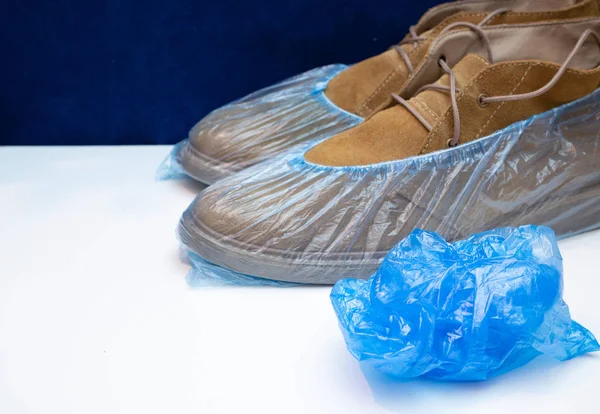
Shoes consume disproportionate luggage space, so each pair needs to handle multiple scenarios. Waterproof hiking shoes work for both trail adventures and rainy city exploration.
Leather sneakers bridge the gap between casual sightseeing and evening dining. Limiting yourself to two pairs — one active, one versatile — forces careful consideration while ensuring you’re prepared for various weather and activity combinations.
Like Travel Pug’s content? Follow us on MSN.
Use Compression Techniques
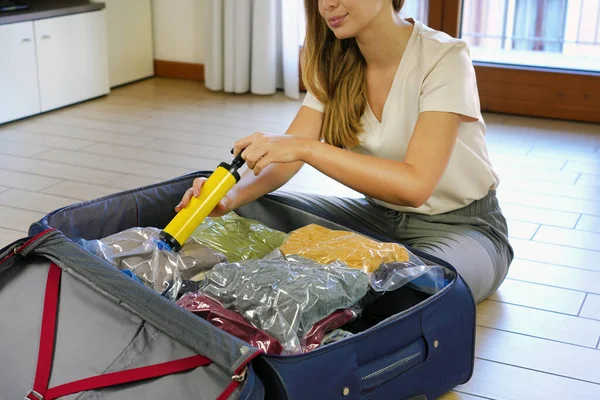
Compression straps and vacuum storage bags can shrink bulky items like down jackets to remarkably small sizes. A serious winter coat compresses to roughly the size of a paperback book yet expands to full loft when needed.
This technique proves especially valuable for items you might need but hope you won’t — emergency layers for unexpected temperature drops. Remember that compressed items will expand upon unpacking, so account for that volume in your packing plan.
Layer Your Electronics Protection
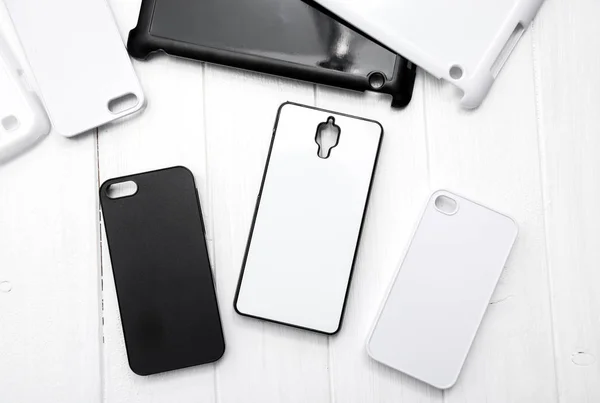
Electronic devices suffer in changing weather conditions, so multiple protection barriers become essential. Waterproof pouches inside your bag, combined with padded cases for fragile items, create a defense system against moisture and impacts.
Simple plastic bags can save phones during surprise downpours, while quality cases protect against drops when you’re hurrying between weather conditions. Think redundancy — if one protection layer fails, others provide backup.
Pack Multi-Weather Toiletries
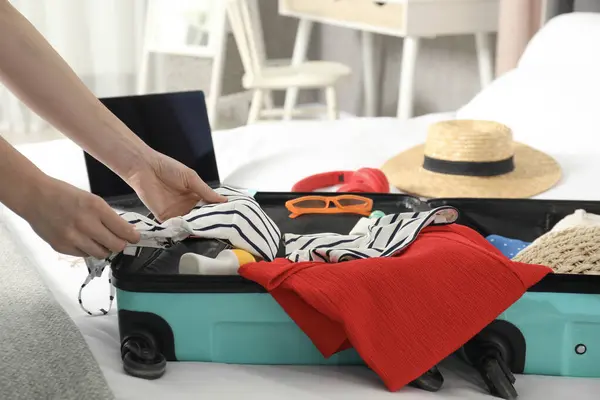
Certain personal care items adapt better to changing conditions than single-purpose alternatives. Tinted moisturizer with SPF handles both sunny and overcast days without requiring separate products.
Dry shampoo becomes invaluable when humidity wreaks havoc on hair or when you’re too busy adapting to weather changes for regular washing routines. Multi-functional products save space while ensuring you’re prepared for various environmental conditions.
Like Travel Pug’s content? Follow us on MSN.
Plan for Temperature Swings

Desert regions and mountainous areas can experience 40-degree temperature variations within 24 hours. Pack lightweight base layers that work under everything, plus compact outer layers for adding warmth.
A silk long-sleeve shirt weighs almost nothing but provides significant temperature regulation when evening temperatures plummet after hot days. Consider your destination’s maximum temperature range and ensure your layering system can accommodate that full spectrum.
Organize by Outfit Combinations
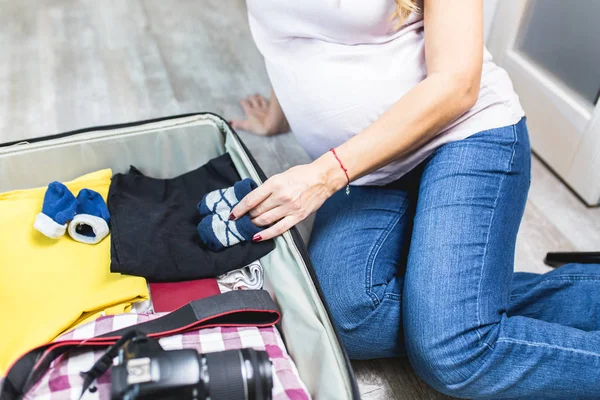
Create complete outfit sets for specific weather scenarios rather than grouping similar items together. Keep each weather-appropriate ensemble in its own packing section or cube.
When you wake to unexpected conditions, you can grab one coordinated outfit instead of piecing together combinations under time pressure. This pre-planning approach eliminates decision fatigue when weather forces quick adaptations.
Bring Weather-Checking Tools
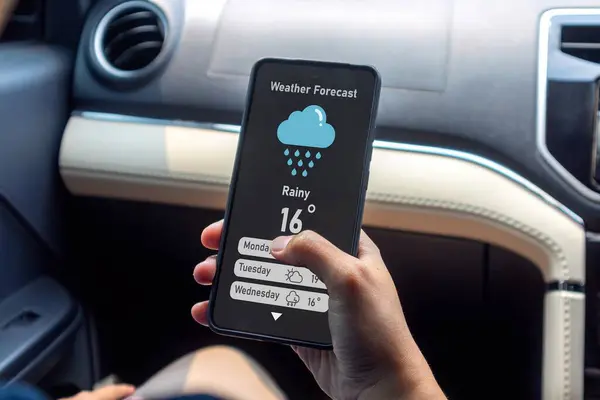
Reliable weather apps for your specific destination provide crucial information for daily packing decisions. Some applications offer severe weather alerts, giving advance warning about sudden condition changes.
This intelligence helps optimize your carefully planned layering system by providing the foresight needed for strategic dressing. Technology becomes your advance scout, allowing proactive rather than reactive packing choices.
Like Travel Pug’s content? Follow us on MSN.
Pack Emergency Weather Items

Always include compact emergency items for extreme conditions outside your expectations. A space blanket weighs virtually nothing but can provide crucial warmth if temperatures drop more dramatically than predicted.
Disposable rain ponchos occupy minimal space yet can salvage entire days when storms appear unexpectedly. These insurance items cost little in weight and space but deliver enormous value when conditions exceed your preparations.
Smart Packing for an Unpredictable World

Climate patterns have become increasingly erratic, making adaptable packing strategies more crucial than ever before. The predictable weather systems that previous generations could count on have given way to more volatile patterns that challenge traditional travel preparation.
Modern travelers who master these flexible packing techniques gain confidence to explore regardless of meteorological uncertainty. The upfront investment in versatile gear and strategic planning pays dividends in comfort, preparedness, and peace of mind when Mother Nature decides to test your adaptability.
More from Travel Pug

- 20 Best Beach Towns in the Carolinas
- 13 Destinations Where Tourists Regularly Regret Their Trip
- 20 Things You Actually Get in First Class
- 20 Small Airports With Aviation Museums
- 20 Places in the U.S. That Are Perfect for a Reset Trip
Like Travel Pug’s content? Follow us on MSN.
